This series looks at concepts such as Artificial Intelligence, Transhumanism, Cybernetics, Androids, Robots, and Augmenting the human or animal mind.


This series looks at concepts such as Artificial Intelligence, Transhumanism, Cybernetics, Androids, Robots, and Augmenting the human or animal mind.
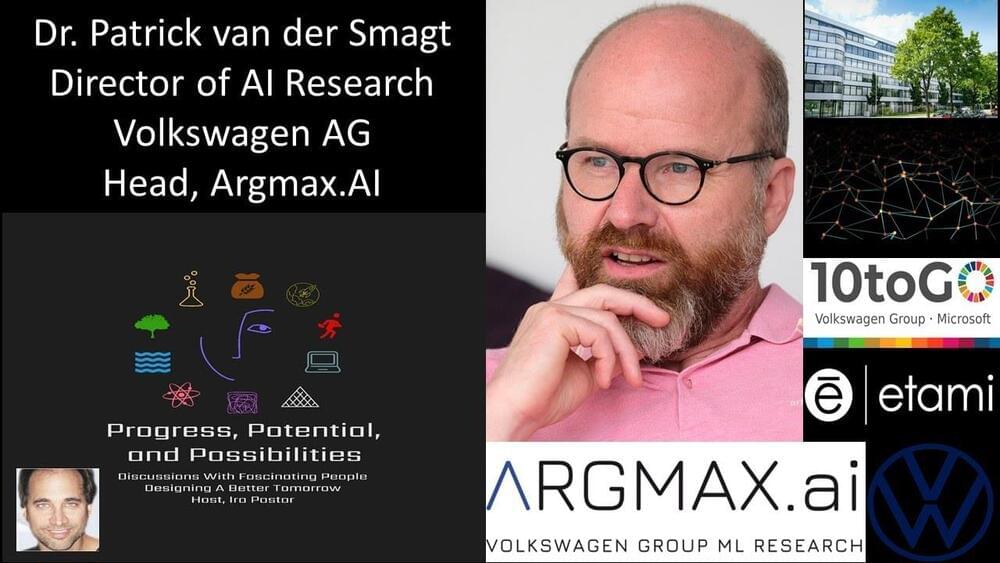
Fundamental Research On Ethical & Trustworthy Artificial Intelligence, For Health, Environment, And A Sustainable Future — Dr. Patrick van der Smagt, Ph.D., Director, ArtificiaI Intelligence Research, Volkswagen.
Dr. Patrick van der Smagt is Director of ArtificiaI Intelligence Research, Volkswagen AG, and Head of Argmax. AI (https://argmax.ai/), the Volkswagen Group Machine Learning Research Lab, in Munich, focusing on a range of research domains, including probabilistic deep learning for time series modelling, optimal control, reinforcement learning robotics, and quantum machine learning.
Dr. van der Smagt is also a research professor in the Computer Science faculty at Eötvös Loránd University in Budapest.
Dr. van der Smagt previously directed a lab as professor for machine learning and biomimetic robotics at the Technical University of Munich while leading the machine learning group at the research institute fortiss, and before that, founded and headed the Assistive Robotics and Bionics Lab at DLR, the German Aerospace Center.
Besides publishing numerous papers and patents on machine learning, robotics, and motor control, Dr. van der Smagt has won a number of awards, including the 2013 Helmholtz-Association Erwin Schrödinger Award, the 2014 King-Sun Fu Memorial Award, the 2013 Harvard Medical School/MGH Martin Research Prize, the 2018 Webit Best Implementation of AI Award, and best-paper awards at various machine learning and robotics conferences and journals.
Dr. van der Smagt also serves as a scientific reviewer for governmental funding organizations and served on various conference and journal boards.
Dr. van der Smagt is founding chairman of a non-for-profit organization for Assistive Robotics for tetraplegics, and co-founder of various tech companies. In 2018, he started a for-good initiative called 10-to-GO (https://10togo.eu/), by supporting teams using machine learning for the United Nations Sustainable Development Goals. Also then, he initiated etami (https://www.etami.eu/en.html), an initiative on Ethical and Trustworthy Artificial and Machine Intelligence, creating an organization with almost 20 multinationals and universities.
Dr. van der Smagt has his Master of Science (M.Sc.), Computer Science from Vrije Universiteit Amsterdam, and his Doctor of Philosophy (Ph. D.), Computer and Information Sciences, from University of Amsterdam.
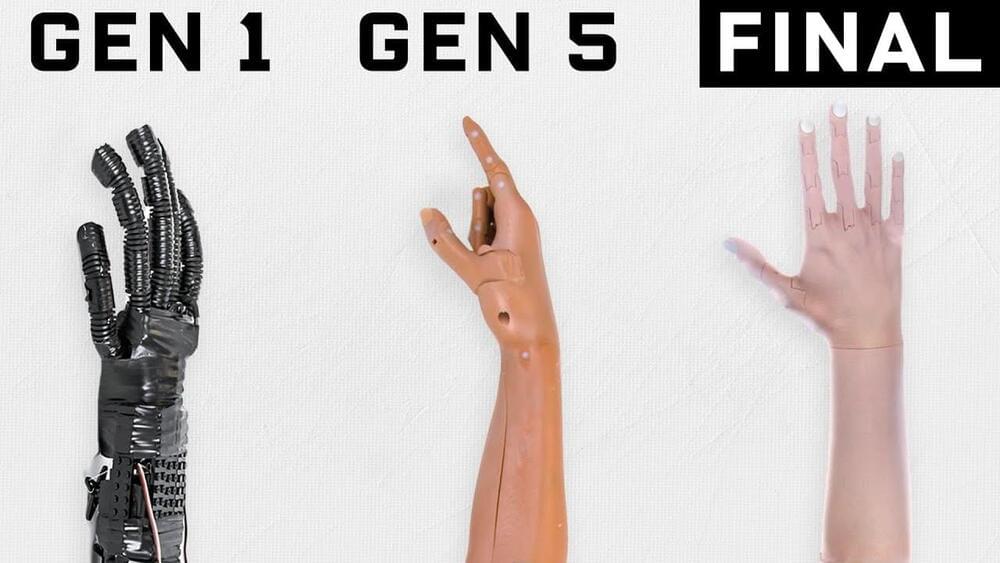
Since the early 2000s, private companies, governments, and research labs have been developing prosthesis that are a lot more advanced than previous designs. WIRED talked with Easton LaChapelle, founder and CEO of Unlimited Tomorrow, to understand how he designed, tested, and adopted his prosthetic arm.
The movie GENERATION IMPACT: THE INVENTOR, follows 25-year old innovator Easton LaChappelle, who developed the world’s lightest weight and most affordable bionic limb. GENERATION IMPACT: THE INVENTOR, can be viewed on HP.com’s digital hub, the Garage (http://hp.com/generation-impact) and YouTube.
Still haven’t subscribed to WIRED on YouTube? ►► http://wrd.cm/15fP7B7
Listen to the Get WIRED podcast ►► https://link.chtbl.com/wired-ytc-desc.
Want more WIRED? Get the magazine ►► https://subscribe.wired.com/subscribe/splits/wired/WIR_YouTube?source=EDT_WIR_YouTube_0_Video_Description_ZZ
Follow WIRED:
Instagram ►►https://instagram.com/wired.
Twitter ►►http://www.twitter.com/wired.
Facebook ►►https://www.facebook.com/wired.
Get more incredible stories on science and tech with our daily newsletter: https://wrd.cm/DailyYT
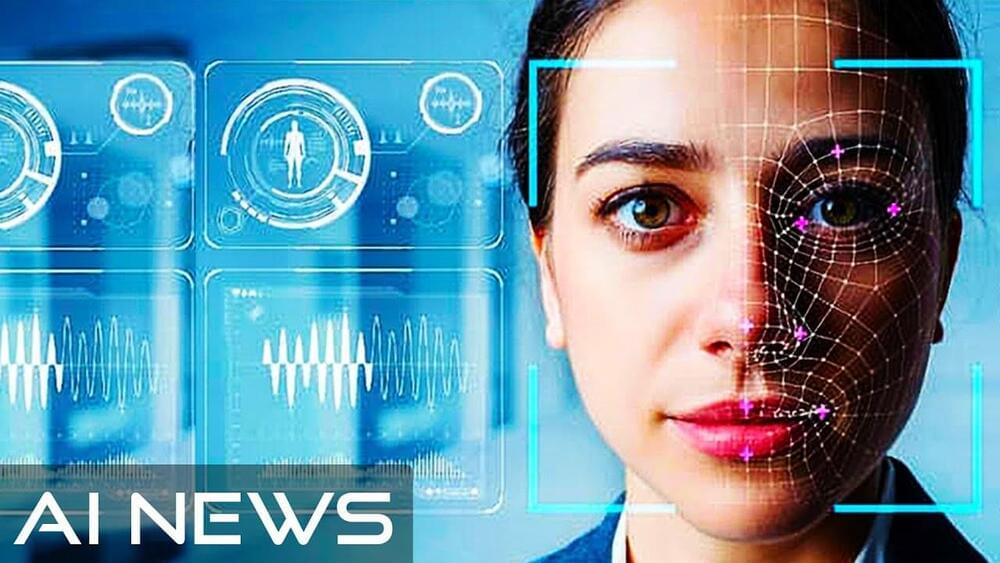
Biological immortality is not enough for an immerging community of Transhumanists. They’re hoping for a different take on Mind Uploading to offer them immortality. The Digital Immortality Definition depends on the person you ask, but one things is for certain the future is going to be weird when it comes to people longing for longevity and the goal of stopping aging completely. Living inside a computer by mind uploading to live forever may actually become a reality very soon in 2021.
–
If you enjoyed this video, please consider rating this video and subscribing to our channel for more frequent uploads. Thank you! smile
–
TIMESTAMPS:
00:00 A new kind of Immortality.
02:05 Artificial Intelligence + Longevity =?
04:20 What are “Virtual Humans”?
06:40 The potential problem of consciousness.
08:53 Last Words.
–
#ai #longevity #immortality

According to Klaus Schwab, the founder and executive chair of the World Economic Forum (WEF), the 4-IR follows the first, second, and third Industrial Revolutions—the mechanical, electrical, and digital, respectively. The 4-IR builds on the digital revolution, but Schwab sees the 4-IR as an exponential takeoff and convergence of existing and emerging fields, including Big Data; artificial intelligence; machine learning; quantum computing; and genetics, nanotechnology, and robotics. The consequence is the merging of the physical, digital, and biological worlds. The blurring of these categories ultimately challenges the very ontologies by which we understand ourselves and the world, including “what it means to be human.”
The specific applications that make up the 4-R are too numerous and sundry to treat in full, but they include a ubiquitous internet, the internet of things, the internet of bodies, autonomous vehicles, smart cities, 3D printing, nanotechnology, biotechnology, materials science, energy storage, and more.
While Schwab and the WEF promote a particular vision for the 4-IR, the developments he announces are not his brainchildren, and there is nothing original about his formulations. Transhumanists and Singularitarians (or prophets of the technological singularity), such as Ray Kurzweil and many others, forecasted these and more revolutionary developments,. long before Schwab heralded them. The significance of Schwab and the WEF’s take on the new technological revolution is the attempt to harness it to a particular end, presumably “a fairer, greener future.”
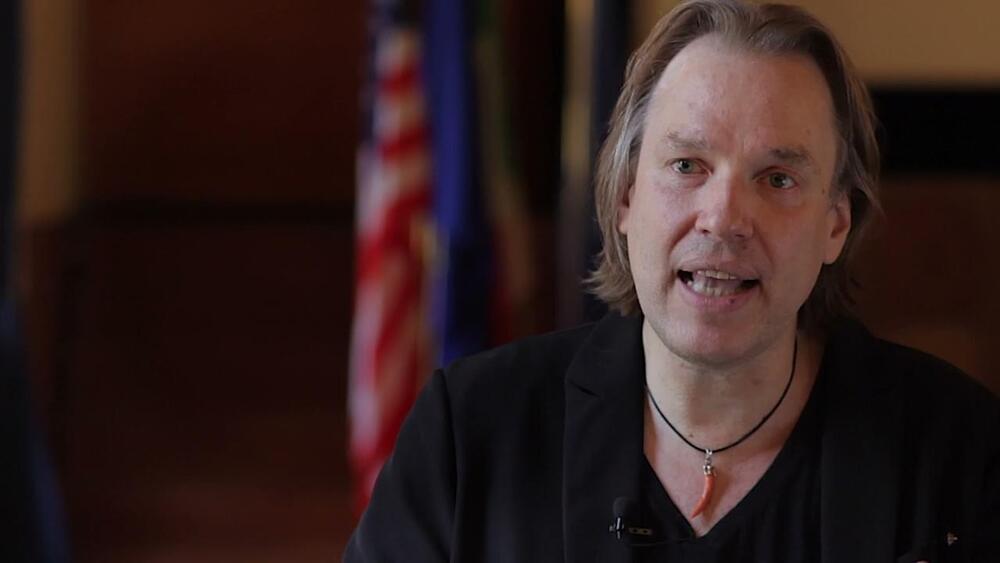
Professor Stefan Lorenz Sorgner talks about his new book, ‘We Have Always Been Cyborgs’. Find out more about the book: https://bristoluniversitypress.co.uk/we-have-always-been-cyborgs.
“With an encyclopaedic knowledge of transhumanism and a deep philosophical grounding, especially in Nietzschean thought, Stefan Sorgner tackles some of the most challenging ethical issues currently discussed, including gene editing, digital data collection, and life extension, with uncommon good sense and incisive conclusions. This study is one of the most detailed and comprehensive analyses available today. Highly recommended for anyone interested in transhumanist/posthumanist ideas and in these issues generally.” N. Katherine Hayles, University of California, Los Angeles.
“An eye-opening, wide-ranging and all-inclusive study of transhumanism. Sorgner’s account avoids both the utopian trap and the bogeyman spectre. He makes a compelling case for placing ourselves on the transhuman spectrum. How we continue to use technologies is in our hands. Sorgner’s book is both a comprehensive introduction to transhumanist thought and a clear-sighted vision for its future realisation.” Julian Savulescu, University of Oxford.
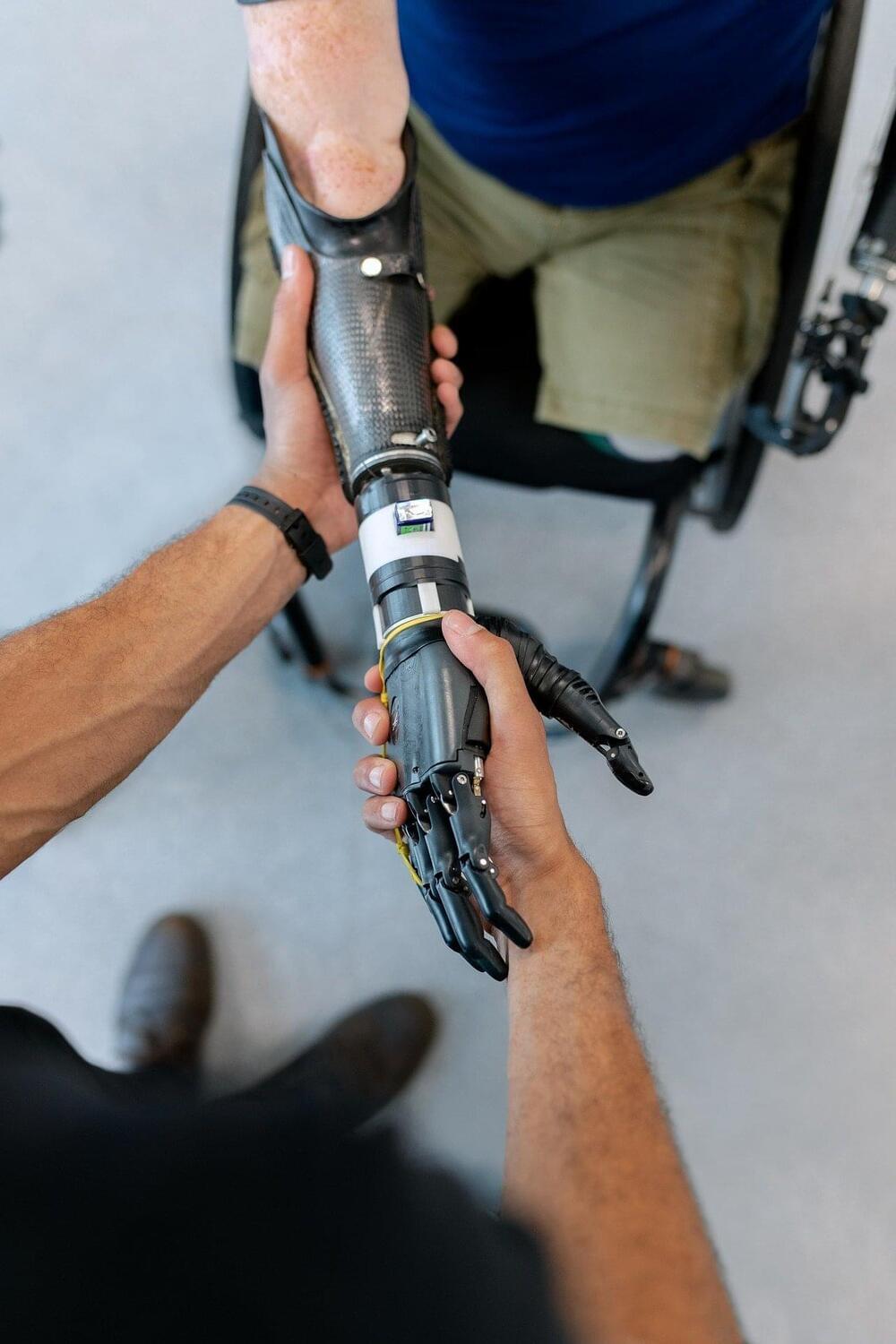
For people with motor impairments or physical disabilities, completing daily tasks and house chores can be incredibly challenging. Recent advancements in robotics, such as brain-controlled robotic limbs, have the potential to significantly improve their quality of life.
Researchers at Hebei University of Technology and other institutes in China have developed an innovative system for controlling robotic arms that is based on augmented reality (AR) and a brain-computer interface. This system, presented in a paper published in the Journal of Neural Engineering, could enable the development of bionic or prosthetic arms that are easier for users to control.
“In recent years, with the development of robotic arms, brain science and information decoding technology, brain-controlled robotic arms have attained increasing achievements,” Zhiguo Luo, one of the researchers who carried out the study, told TechXplore. “However, disadvantages like poor flexibility restrict their widespread application. We aim to promote the lightweight and practicality of brain-controlled robotic arms.”

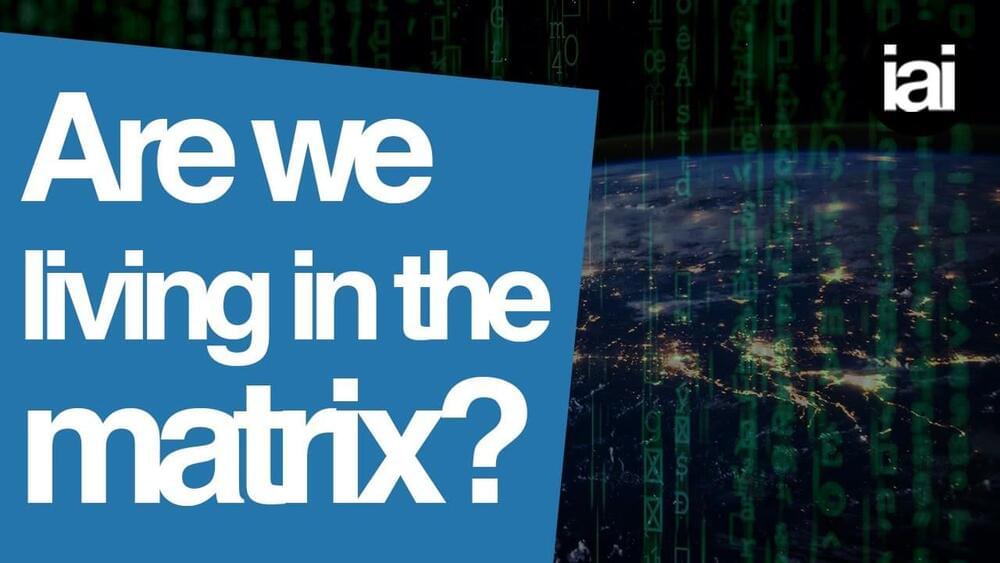
Sabine Hossenfelder, Anil Seth, Massimo Pigliucci & Anders Sandberg discuss whether humanity is stuck in the matrix.
If you enjoy this video check out more content on the mind, reality and reason from the world’s biggest speakers at https://iai.tv/debates-and-talks?channel=philosophy%3Amind-and-reason&page=0?utm_source=YouTube&utm_medium=description&utm_campaign=lost-in-the-matrix.
00:00 Introduction.
02:21 Anders Sandberg | We could be living in a superior race’s simulation.
04:16 Sabine Hossenfelder | The simulation hypothesis is pseudoscience.
06:20 Anil Seth | Is whether we are a simulation even important?
09:29 Massimo Pigliucci | The mind is too complex to be replicated.
13:14 Is it reasonable to question the existence of reality?
23:55 How do we define reality?
29:34 Are we victim to Hollywood fantasy?
Are we living in a computer simulated reality? Until recently the possibility that we are living in a computer simulation was largely limited to fans of The Matrix with an over active imagination or sci-fi fantasists. But now some are arguing that strange quirks of our universe, like the indeterminateness of quantum theory and the black hole information paradox are evidence that our reality is in actuality a created simulation. Moreover, tech guru Elon Musk has come out supporting the theory, arguing that ““we are most likely in a simulation””.
Should we take the idea that we are living in a computer simulation seriously? Groundbreaking consciousness researcher Anil Seth, stoic philosopher Massimo Pigliucci, maverick physicist and Youtube sensation Sabine Hossenfelder and Oxford transhumanist Anders Sandberg ask if we are stuck in the matrix. The debate is hosted by Güneş Taylor.
#AnilSeth #MassimoPigliucci #ComputerSimulatedReality.
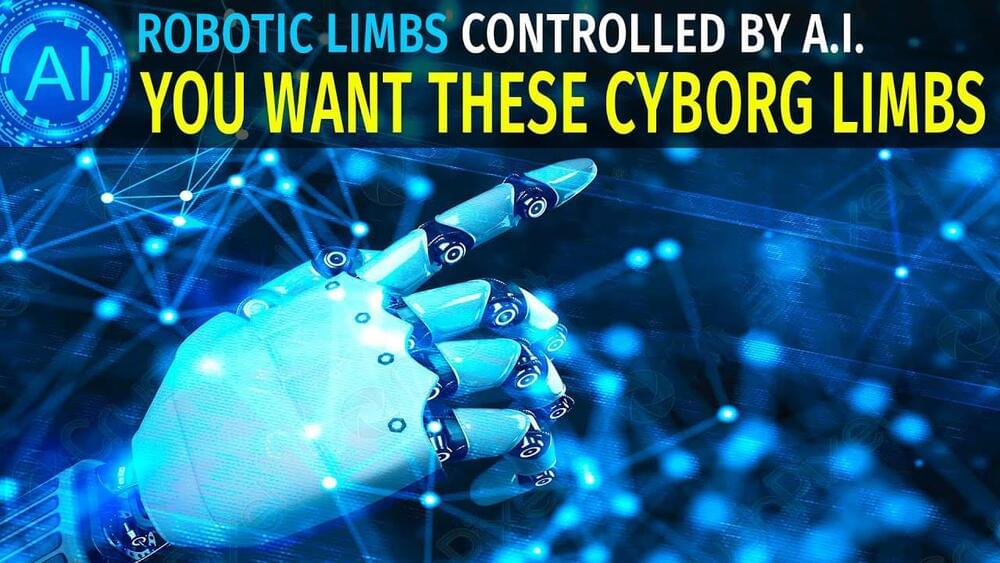
Advances in Artificial Intelligence, neuroscience and robotics have gotten us to a point where people might want to replace their biological limbs with robotic limbs due to there being more and more advantages with every passing day. Things like improved movement, intelligent controlling systems with the help of machine learning AI can help you control these limbs better than you could control your regular old arms, legs and hands.
But how long until we can finally live out our transhuman fantasies and become cyborgs? All this, and a bunch of new and futuristic scientific discoveries in this one review showcasing the most advanced AI Controlled Prosthetics.
–
Every day is a day closer to the Technological Singularity. Experience Robots learning to walk & think, humans flying to Mars and us finally merging with technology itself. And as all of that happens, we at AI News cover the absolute cutting edge best technology inventions of Humanity.
If you enjoyed this video, please consider rating this video and subscribing to our channel for more frequent uploads. Thank you! smile
–
TIMESTAMPS:
00:00 The Future of Humanity?
00:53 Why Prosthetics are necessary.
02:23 The History of Prosthetics.
03:56 Robotic Limbs Today.
05:59 What are the limits?
07:42 Last Words.
–
#transhuman #cyborg #bci